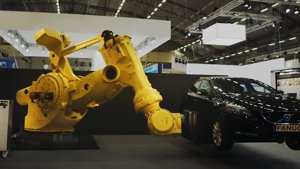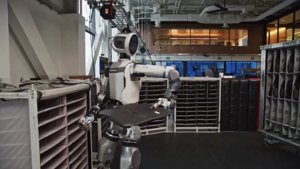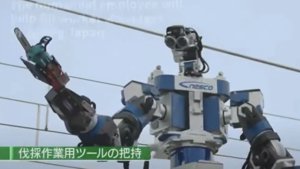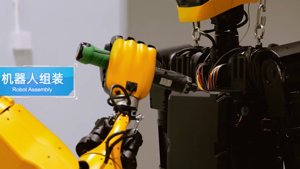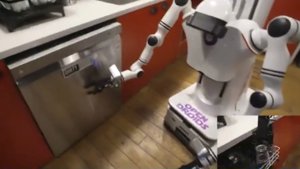In the relentless march towards robots that can do more than just spectacularly fail to navigate a living room, Shenzhen-based Stella Robot has just dropped a mic with the unveiling of something truly remarkable. The company has pulled back the curtain on its PANTHEON HAND 22, a bionic marvel that masterfully weds industrial-grade brawn with the kind of delicate touch you’d usually only expect from a neurosurgeon, or perhaps someone who’s never lost a game of Operation. Boasting an astonishing 22 degrees of freedom, this mechanical appendage can reportedly hoist a hefty 30 kilograms in a single, confident grip, yet possesses the uncanny dexterity to thread a needle, caress a block of tofu without turning it into an unrecognisable pulp, or even discern the subtle expansion of a balloon. Truly, it’s a hand for all seasons, and all sorts of fiddly bits.
The secret sauce behind this impressive duality? A tendon-driven mechanism, with its ingenious actuators tucked away neatly within the forearm. This clever bit of engineering doesn’t just result in a compact, surprisingly human-like form factor; it also orchestrates the fluid, natural movements absolutely essential for tackling complex tasks. So, you can finally bid farewell to the era of clumsy, oversized grippers. This isn’t just a hand; it’s a meticulously crafted limb designed for everything from the pinpoint precision of factory assembly lines to the gentle, collaborative assistance of a human colleague. It appears the days of robots fumbling around with all the grace and dexterity of a toddler in oven mitts are, thankfully, drawing to a rather elegant close.

Why this matters, beyond the party tricks
The arrival of advanced manipulators like the PANTHEON HAND 22 isn’t just a headline-grabber; it’s a seismic shift for the entire humanoid robotics industry. For far too long, the real bottleneck preventing truly useful, general-purpose robots from breaking free of the lab wasn’t just their ability to walk upright (though that’s still a work in progress for some), but their frustrating inability to interact with our complex physical world in any truly meaningful, adaptable way. A hand capable of both lifting prodigious payloads and executing tasks with surgical delicacy unlocks a veritable Pandora’s box of applications across manufacturing, logistics, and even healthcare – areas previously deemed utterly impractical for our metallic friends. It’s precisely this potent cocktail of raw strength and refined sensitivity that will, at long last, empower humanoid robots to step out of their experimental cocoons and into our workplaces, handling tools and objects with the same nuanced adaptability as their human counterparts. The future, it seems, is finally getting a grip.


